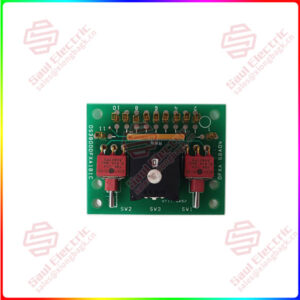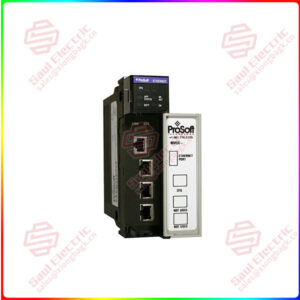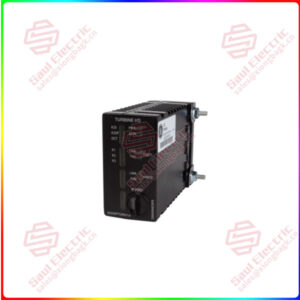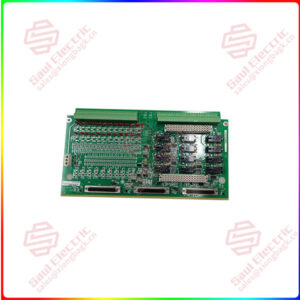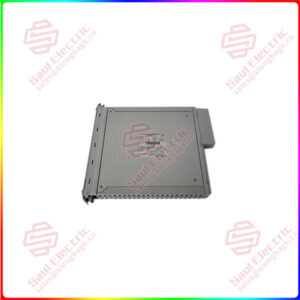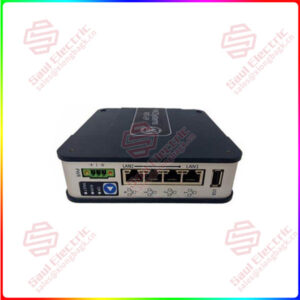Description
Overview
Essential details:IS215UCVEH2AE Speedtronic Turbine Control PCB board
lf you need to inquire or purchase ,please send the product models to my email or call medirectly .
sunny He
[Email] sales@saulcontrol.com
[Mobile] 86-18059884797
[WhatsApp] 86-18059884797
[Skype] sales@saulcontrol.com
IS215UCVEH2AE Speedtronic Turbine Control PCB board
The VME (Versa Module European) control card is a dedicated single-slot board that plays a key role in the control and communication of larger systems. These cards are based on the VME bus, a widely used European standard for connecting various modules and boards in embedded computer systems.
VME control cards usually have the following functions:
Bus interface: The VME control card acts as the host or slave controller of the VME bus and is responsible for communication and data exchange with other modules. They follow the VME bus protocol, which ensures compatibility and interoperability between modules produced by different manufacturers.
Data processing: VME control cards are often equipped with high-performance processors, such as Intel’s Celeron or Pentium series, which are capable of performing complex control algorithms, data processing tasks, and real-time analysis.
Memory and storage: Control cards are usually equipped with a certain capacity of memory (such as SDRAM) and flash memory for storing programs, data, and runtime variables. In addition, they may also support extended memory or storage options, such as via IDE hard drives or CDR/W optical and floppy drives.
Network communication: VME control cards often have Ethernet connectivity, which allows them to communicate with remote devices, servers, or other network nodes. These connections can be used for data exchange, remote monitoring and control, and integration with other systems.
I/O interface: The control card also provides various I/O interfaces such as USB port, COM port (for serial communication), and VGA display port. These interfaces allow connections to external devices, sensors, and actuators to enable input and output functions of the system.
Extension and customization: VME control cards are often highly flexible and extensible. They can be customized and extended by adding additional boards, modules, or software tools to meet the needs of a specific application.
Real-time analysis and adaptability: Some advanced VME control cards may be equipped with real-time analysis and adaptability software tools, such as ControlST software, which provide real-time monitoring of system performance and status and allow operators to adjust and optimize as needed.
In short, VME control cards are an important part of large embedded computer systems, they are responsible for coordinating communication and data exchange between various modules, performing complex control tasks, and providing an interface with the outside world. These cards are often highly flexible, scalable, and reliable for a wide range of demanding industrial control, automation, and test applications.


 1 Year Warranty
1 Year Warranty

